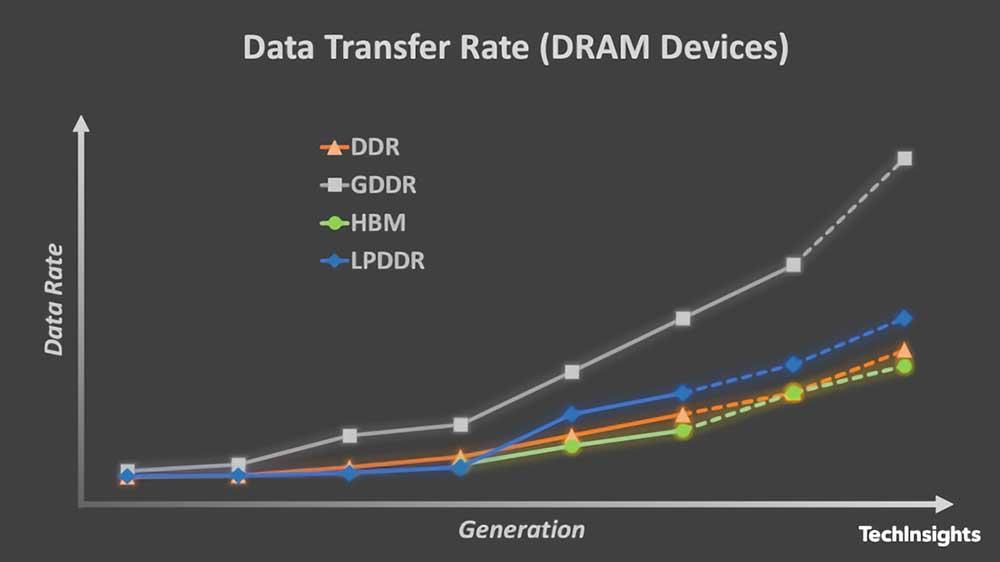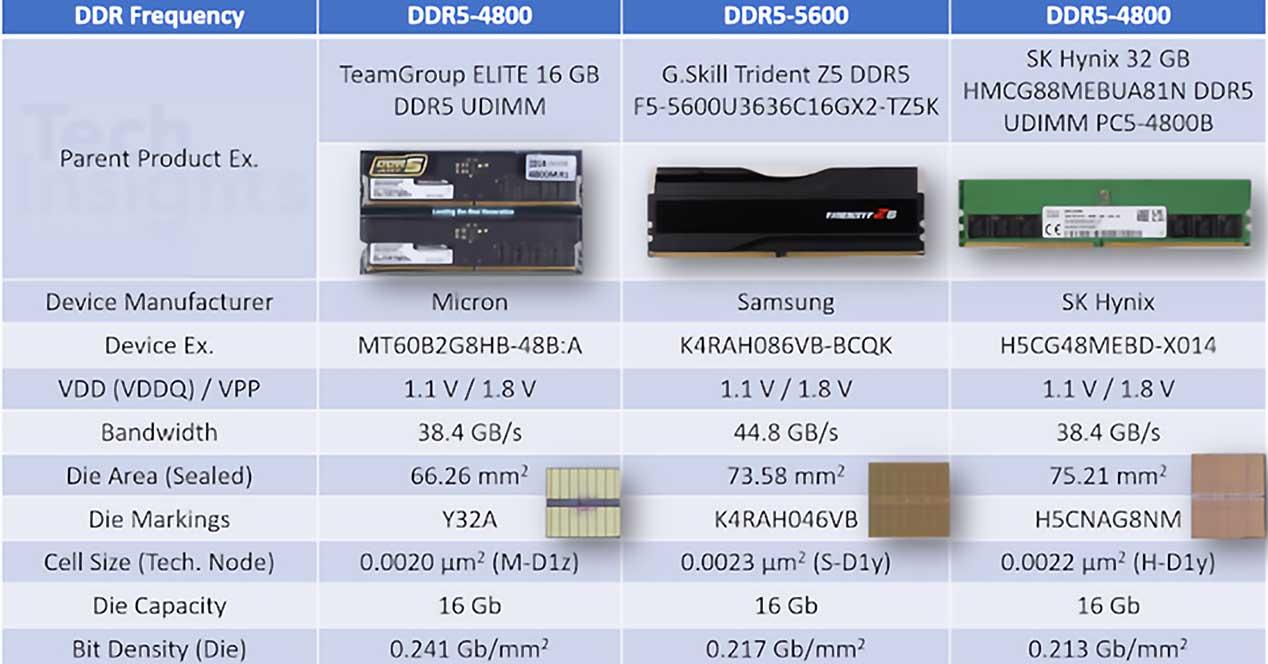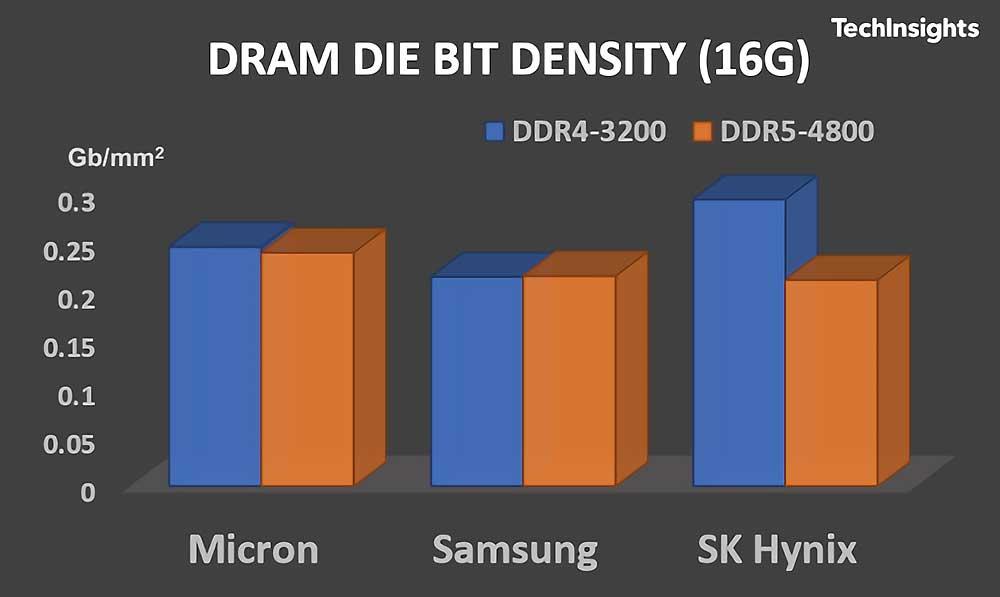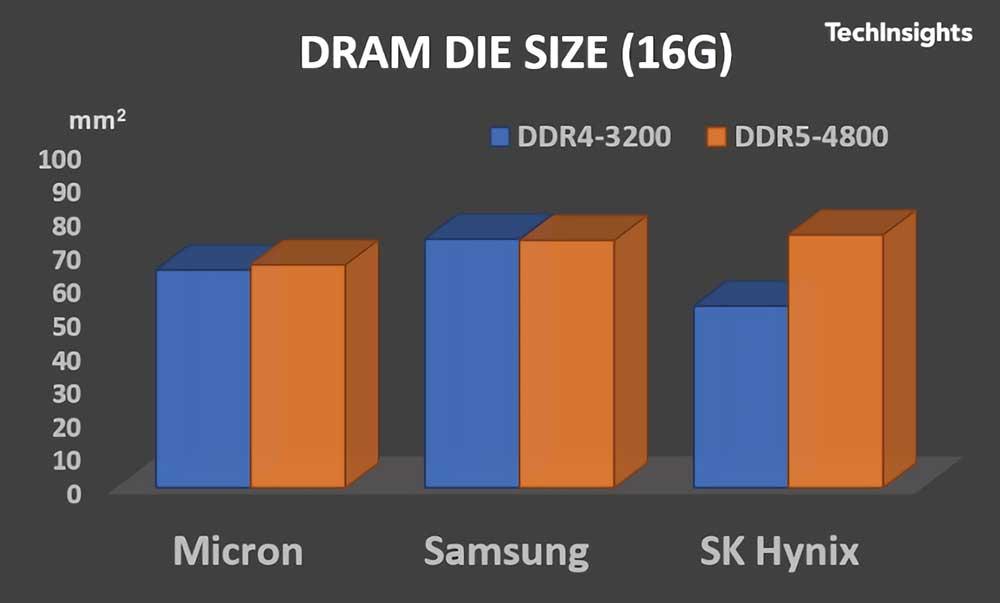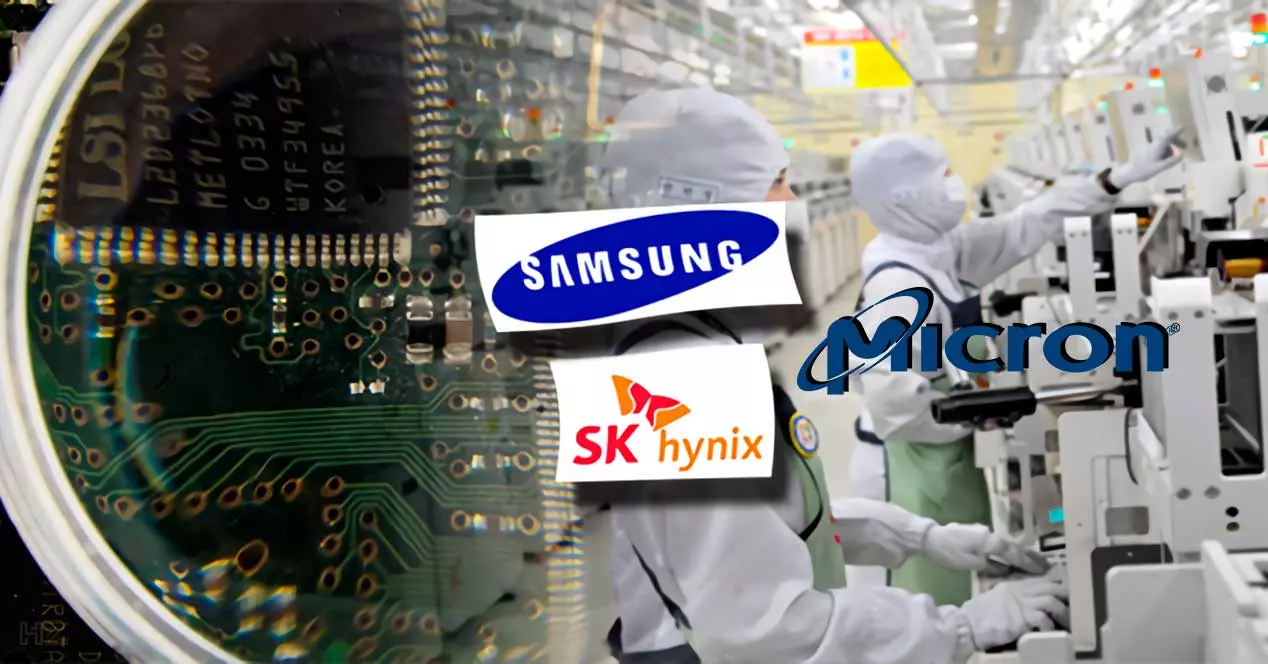
There is a silent war between RAM memory manufacturers, one where DDR5 as a new high-performance standard has everything ahead of it and therefore everything remains to be decided. Whoever has the best modules will have part of the control of the industry in PCs and servers, so we are talking about a cake that leaves SSDs in the lurch, but… Who has the best ddr5 chips at the moment?
As happens in processors or CPUs, also in graphics cards, the one with the best node will start, in theory, with an advantage over the rest. Units of measurement are also given in this sector, but given the nature of NAND Flash, the terminologies of the processes are not measured so much in nanometers but in the technology of the node itself, which are defined as D1 “x” where x is a letter. of the alphabet or even a symbol, a differentiating factor such as numbers in the rest of the industry: 7 nm, 5 nm, etc.
Micron vs Samsung vs SK Hynix: who has the best chips for DDR5?
The best that each house has has been put to the test on paper and the data is quite curious and to take into account. But before continuing, let’s get to know the opponents a little:
- Micron MT60B2G8HB–48B:A
- Samsung K4RAH086VB–BCQK
- S.K. Hynix HSCG48MEBD-X014
The first thing we have to look at is precisely the technology of the process they implement, where in the case of Micro we have an M-D1z with 20 square micrometer cells.
Samsung uses S-D1y with a cell size of 23 square micrometers and lastly we have SK Hynix which uses H-D1y at 22 square micrometers for their cells.
Thus, and taking into account that each chip has a capacity of 16 GB, the total areas are really curious and above all they show the differences in the units of measurement already at scales that any mortal can measure:
- Micron: 66.26mm2
- Samsung: 73.58mm2
- SK Hynix: 75.21mm2
These simple area data perfectly reflect what is important to the process and technology of the node, since the first achieves 0.241 GB/mm2, the second 0.217 GB/mm2 and the third 0.213 GB/mm2.
DDR4-3200 vs DDR5-4800 in 16 GB, which chip is the best?
Now that we have this interesting comparison data, what if we evened up the contest even more by comparing the chips in DDR4 and DDR5 as well as two different speeds? The upper graph shows the size of the chip in mm2, where Micron has slightly worsened, Samsung remains the same and SK Hynix has had a quite considerable drop for the worse (+40% in size and -28% in density, worse process in DDR5 than in DDR4).
And it is that here is the key point, the density per mm2, where SK Hynix is far behind in DDR5 when in DDR4 it was leading the market. In cell size, only Samsung has managed to lower and improve in DDR5, which should give it a certain advantage in terms of frequencies, although it is also true that it will be more difficult to control voltages.
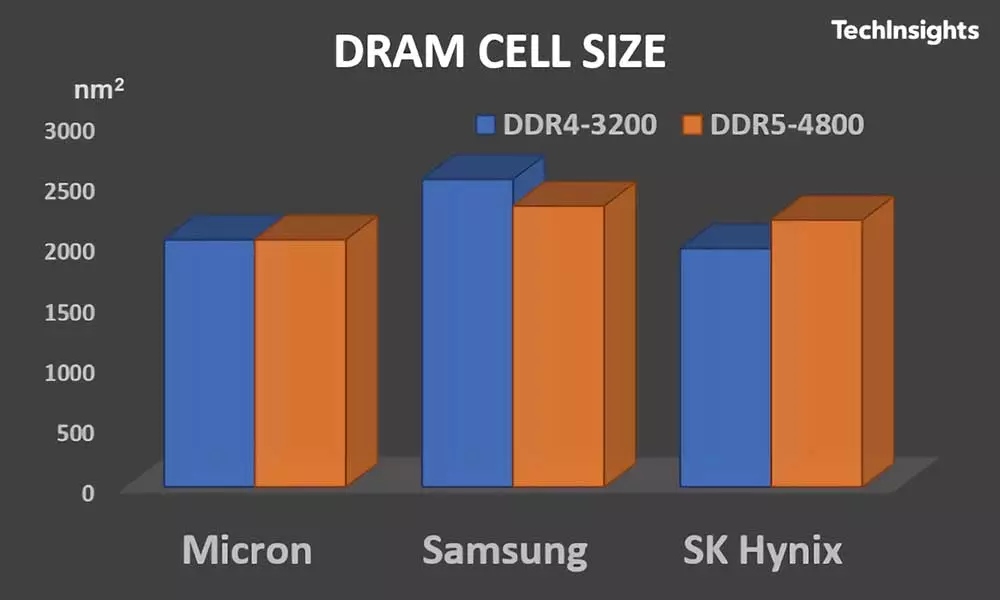
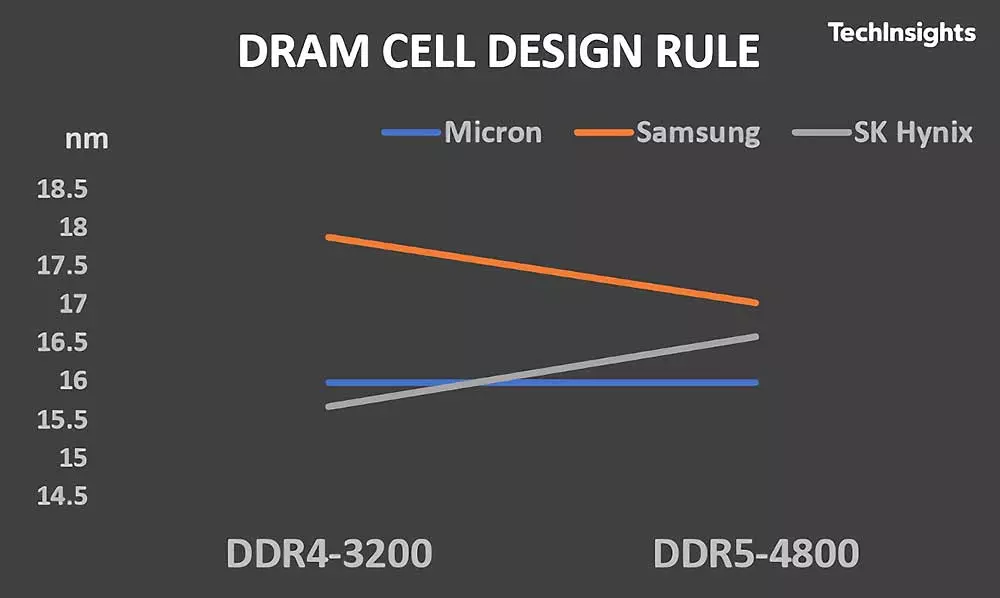
Finally we have the design of the cells in nanometers, where Samsung’s progress is clearly seen, Micron’s stability and SK Hynix’s deterioration in the market. What we can make clear is that Micron is currently still the industry leader for DDR5, but Samsung is closing in on many factors and SK Hynix must improve if it doesn’t want to be left behind, and it will, as it has already announced a technology of cutting-edge D1a with EUV lithography, but until then the market for high performance and capacity will go to its two rivals.
And so far this analysis of the best DDR5 chips on the market, what is to come is undoubtedly more exciting because in three years they intend to double both speed and capacity, so it will be a war without quarter.
